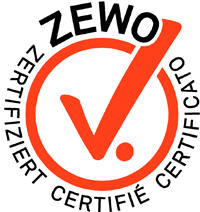What is produced and consumed in West Africa?
In the Sahelian zone, millet is the main food crop and consumed. In times of crisis, it is replaced by rice and cassava flour.
In the Sudanian zone, which includes central Togo and southern Burkina Faso, the majority of the population consumes mainly maize and sorghum.
In the coastal zone, the main foodstuffs are yams and maize, to which is added cowpea, an important source of protein. (Source)
Today, West and Central Africa are experiencing soaring food prices. Last April, the price of food products rose by 39% in a region already plagued by terrorism and political instability. The Covid pandemic and the measures taken to contain it are of course not unrelated, since they slow down or block the flow of food products.
This means that an additional 31 million people could become food insecure. (Source)
Under these conditions, many families are unable to meet the nutritional needs of their children. This is why Morija’s nutritional assistance to children in Burkina Faso is so valuable.
Morija’s CRENs save lives!
Acutely malnourished children are hospitalized in Nutritional Recovery and Education Centers (CREN) and those with moderate malnutrition are monitored on an outpatient basis for a few weeks. These children receive therapeutic milk for the first few days and then enriched porridges when their condition improves. An adapted diet allows a rapid weight regain if the child does not suffer from a particular disease.
When the child has regained a normal weight and is progressing well, he/she leaves the CREN and is followed up monthly for one year during the big weighing sessions. The mother receives milk and food to ensure that she receives fortified porridges at home. She also receives nutritional education. Approximately 12’000 children are followed each year!
Support our Nutritional Centers that save children every day











